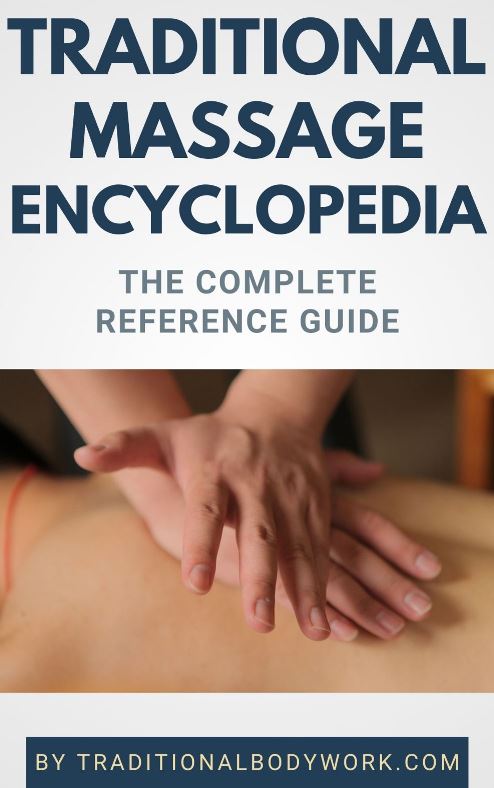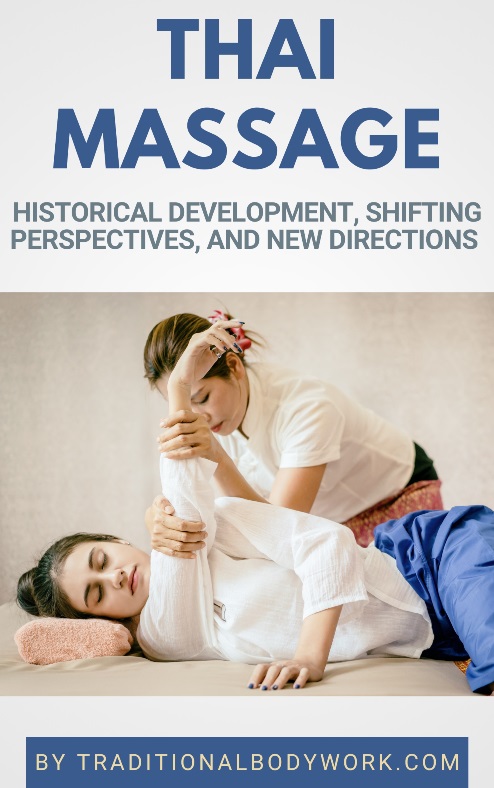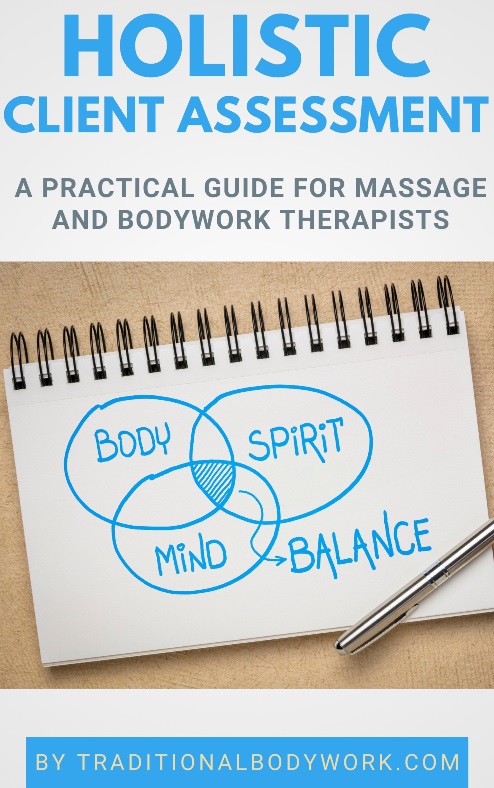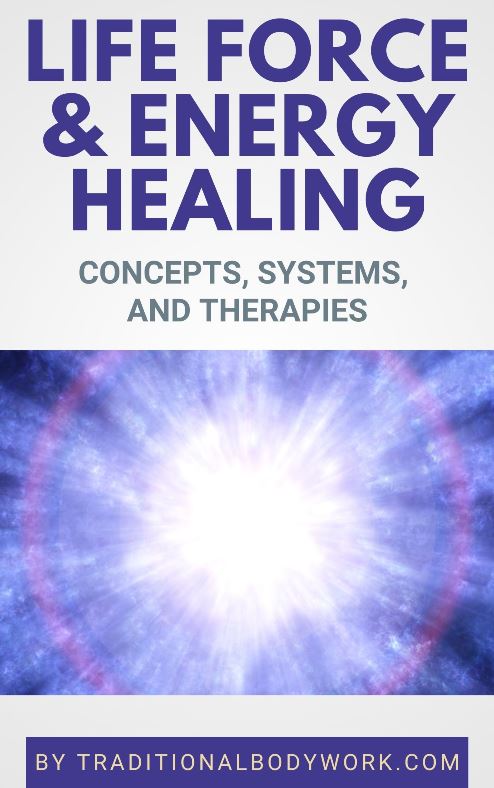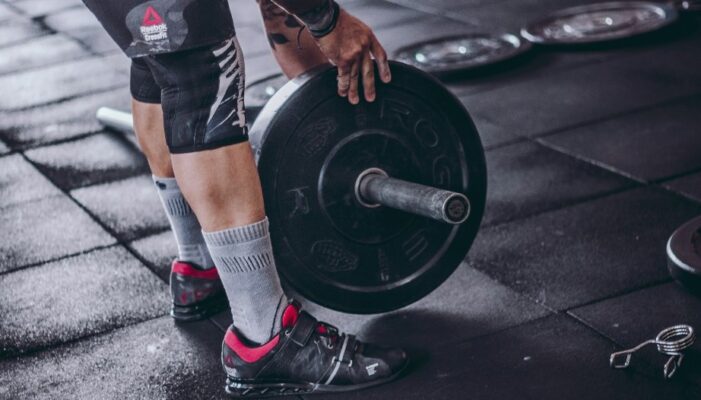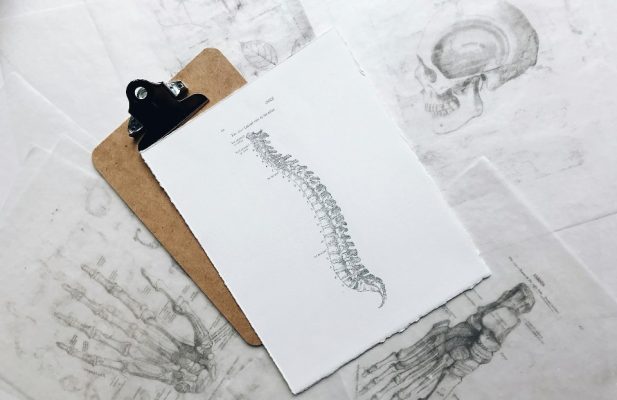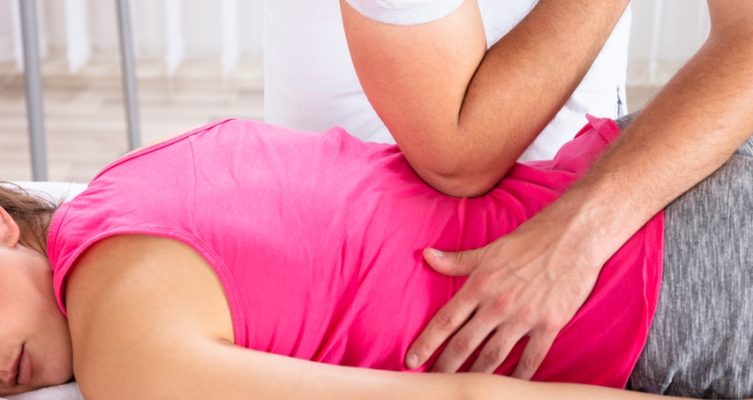
Received a diagnosis of lumbar disc herniation? You’re not alone. Roughly 8 out of 10 individuals experience it during their lifetime.
It can be difficult to live with the discomfort of a lumbar disc herniation. The shooting pain down your leg and the constant ache that you experience might make you think of going for surgery.
Fortunately, you can experience significant improvement without undergoing surgery. In fact, for 9 out of 10 people, herniated discs improve on their own without any surgical treatment.
From over-the-counter pain relief to shockwave treatment, here are non-surgical ways that can help you find relief and regain comfort.
#1 Over-the-Counter Pain Relief Can Provide Targeted Results
Sometimes, you just need something quick and effective to take the edge off the pain. Over-the-counter (OTC) pain relievers can be a real lifesaver when dealing with lumbar disc herniation flare-ups.
The most common type used is nonsteroidal anti-inflammatory drugs (NSAIDs), which include familiar options like ibuprofen and naproxen. These medications help reduce inflammation, which is a major cause of pain and swelling in your back.
Beyond oral medications, topical creams or patches can offer relief. Lidocaine patches work by numbing the skin in the painful area. Capsaicin creams, derived from chili peppers, can help manage muscle pain by altering the nerve signals that send pain messages to the brain. These topical options provide a direct way to address localized discomfort.
#2 Hydrotherapy Can Calm Inflammation and Ease Pain
Hydrotherapy uses the unique properties of water to help the back feel better. This can involve warm baths, hot tubs, steam baths, or specialized water exercises.
Warm water, typically between 91°F and 97°F (33°C to 36°C), helps muscles relax and increases blood flow to painful areas. This improved circulation delivers more oxygen and nutrients, which support the healing process.
Another key benefit is buoyancy. When immersed in water, your body experiences a significant reduction in its effective weight. This significantly lessens pressure on the spine and joints, allowing for a greater, pain-free range of motion and flexibility.
This therapy encourages your body to make more IGF-1, an anti-inflammatory growth factor. It also helps to balance out the pro-inflammatory cytokines that contribute to inflammatory and nerve pain. This is how it brings you some much-needed relief and helps protect your joints.
Lumbar traction and wall slides and squats are excellent hydrotherapy programs for relieving herniated disc pain.
#3 Shockwave Therapy Can Regenerate Tissues Around Herniated Discs
Shockwave therapy might sound intense. But it’s actually a non-invasive treatment that can help the tissues around your spine heal. It uses high-energy sound waves, not electricity, to stimulate blood flow and promote repair in damaged muscles, tendons, and ligaments.
Governor’s Park Chiropractic explains that the high-energy acoustic waves create microtraumas that trigger an inflammatory reaction. These microtraumas prompt the body to respond as it would to any injury. That is, the body enhances local blood flow, reduces pain, and activates cell regeneration and repair.
What makes shockwave treatment particularly effective for disc problems is its ability to reduce scar tissue formation. When discs heal poorly, they often develop tough, inflexible scar tissue that can cause ongoing problems. The sound waves help break down this problematic tissue while encouraging healthier, more flexible tissue to grow in its place.
Studies have indicated a high success rate for herniated discs, often demonstrating greater effectiveness than surgical interventions for many patients. One study found that patients who received shockwave therapy reported significantly more pain relief after four weeks compared to those in the control group.
#4 Nutrition-Rich Diet Can Help Reduce Inflammation
Dietary choices can either promote or hinder the body’s natural ability to manage inflammation.
A nutrition-rich, anti-inflammatory diet actively supports the body’s healing processes and helps reduce inflammation, which is a major contributor to pain associated with lumbar disc herniation.
Spinach, kale, and cabbage are excellent choices. They help the body in detoxification and improve calcium absorption, which is crucial for strong bones and reducing inflammation.
Omega-3 fatty acids are also beneficial. You can find them in fatty fish like salmon, trout, and sardines. Nuts, avocados, and healthy oils are also valuable sources.
Load up on berries such as blueberries and raspberries, dark grapes, and tart cherries as well. These are rich in antioxidants. Tomatoes, olives, mussels, ginger, and garlic also possess potent anti-inflammatory compounds.
Conversely, certain foods can promote inflammation. These include added sugars in drinks and sweets, refined carbohydrates like white bread, and processed or high-fat red meats. You must also limit unhealthy fats, such as tropical oils, saturated fats from butter, and some vegetable oils high in omega-6 fatty acids.
You can find substantial relief from lumbar disc herniation symptoms without the need for surgery if you consistently follow these tips. Remember, though, healing from a lumbar disc herniation takes time. The key is to stay patient and consistent.
Still, if pain persists, consult with a healthcare provider. A doctor can provide expert guidance on the most appropriate path toward comfort and lasting healing.

